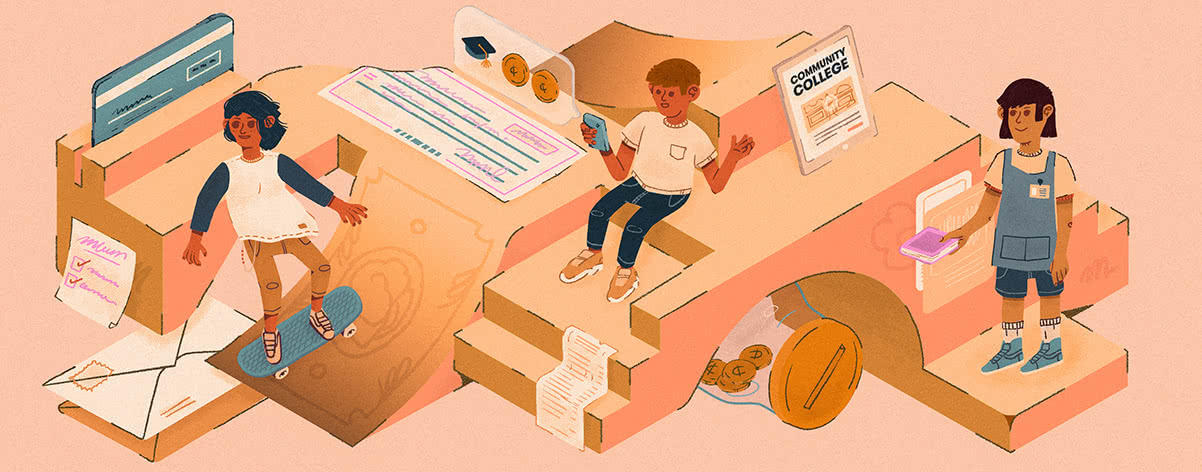
Here's how Life Scenarios aligns with curriculum standards in Oklahoma. Use the filters to change the location, set of standards, and grade level.
PFL.1: The student will describe the importance of earning an income and explain how to manage personal income through the use of a budget.
Standards
Defined by Personal Financial Literacy 7th-12th Grades and align with Life ScenariosPFL 1.3: Explain how to manage personal income and expenses to be a financially responsible citizen.
Standards
Defined by Personal Financial Literacy 7th-12th Grades and align with Life ScenariosPFL.7: The student will identify the process and analyze the responsibilities of borrowing money.
PFL 7.1: Compare sources and products related to borrowing money.
Standards
Defined by Personal Financial Literacy 7th-12th Grades and align with Life ScenariosPFL 7.3: Describe the process of borrowing money.
Standards
Defined by Personal Financial Literacy 7th-12th Grades and align with Life ScenariosPFL.8: The student will describe and explain interest, credit cards, and online commerce.
PFL 8.1: Evaluate the costs and benefits of using credit cards for purchasing goods and services.
Standards
Defined by Personal Financial Literacy 7th-12th Grades and align with Life ScenariosPFL.10: The student will explain and compare the costs and benefits of renting versus buying a home.
Standards
Defined by Personal Financial Literacy 7th-12th Grades and align with Life ScenariosPFL.11: The student will describe and explain how various types of insurance can be used to manage risk.
PFL 11.2: Explain the importance of insurance as a risk management strategy used by financially responsible individuals.
Standards
Defined by Personal Financial Literacy 7th-12th Grades and align with Life ScenariosPFL.14: The student will explain the costs and benefits of charitable giving.
PFL 14.1: Explain civic responsibilities and opportunities related to charitable giving.
Standards
Defined by Personal Financial Literacy 7th-12th Grades and align with Life Scenarios